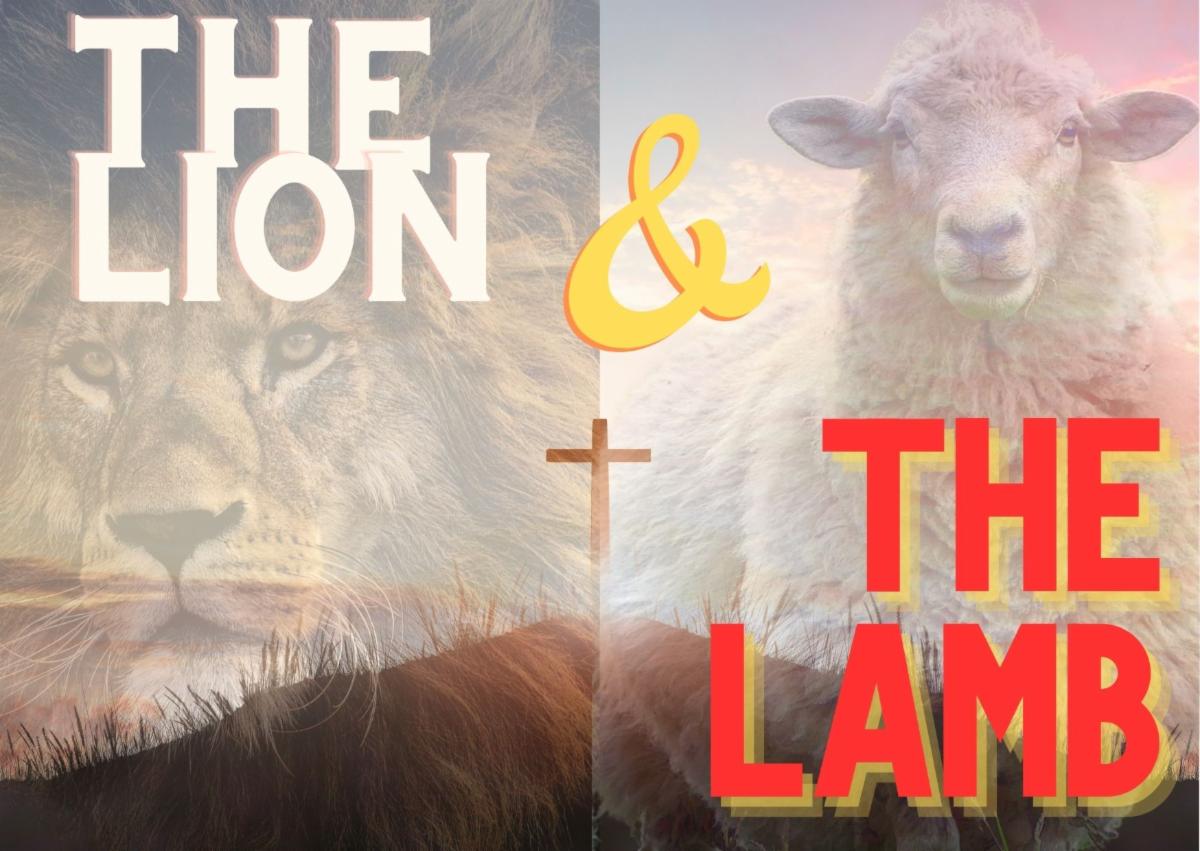
The old proverbial saying goes something like, “March comes in like a lion and will go out like a lamb,” at least we all hope so. We hope the transition from winter to spring will bring a more pleasant shift.
However, there is some debate about how this phrase came into existence. Some claim it is purely weather-related and closely tied to superstition, where people welcome a subdued spring.
There may be some truth to this as the northern polar jet stream usually shifts at this time of year and heads further north, often manifesting in violent winds and leaving warmer seasons behind; in fall, this northern stream will move further south, bringing on fall and winter.
Others will claim it has astrological beginnings as the constellation Leo (Lion) will give way to Ares (Lamb) in the night sky. Astronomers would watch the night sky and note which star groups appeared center stage, and these constellations provided some meaning to the lives of those meandering on the earth below.
However, my favorite interpretation and origin explanation only happens every few years. It occurs when we highlight the anniversary of Jesus’ death, burial, and resurrection within the month of March. 2024 is one of those years, and it is a great time to remember the final events of Jesus’ earthly ministry.
In all four gospels (Matt 21:1–11; Mark 11:1-11; Luke 19:28–40; John 12:12–19), the writers declare that Jesus rode into Jerusalem as a triumphant king and leader. Matthew, Mark, and Luke then describe the overturning of the tables of the moneychangers, an act reminiscent of a roaring lion, full of righteous indignation, stating,
“It is written,” he said to them, “‘My house will be called a house of prayer,’ but you are making it ‘a den of robbers.'” (Matthew 21:13).
However, as the narrative continues, we see the meekness of Jesus, possessing all authority and yet humbling himself for his disciples and the world. As he washes their feet (John 13:5), he tells them self-sacrifice is the definition of a disciple: “I have set you an example that you should do as I have done for you.” (John 13:15).
Ultimately demonstrating his humility and submission to the world, holding to the prophecy of Isaiah,
“He was oppressed and afflicted,
Yet He did not open His mouth;
Like a lamb that is led to slaughter,
And like a sheep that is silent before its shearers,
So He did not open His mouth.” – Isaiah 53:7
The apostle John highlights this transition from Roaring Lion to Sacrificial Lamb in Revelation 5:1-10. As John receives this revelation from Jesus, he weeps because there is a sealed scroll that no one can open. That is when we see this tremendous chain of events, “And one of the elders said to me, “Stop weeping; behold, the Lion that is from the tribe of Judah, the Root of David, has overcome so as to be able to open the scroll and its seven seals.” 6 And I saw … a Lamb standing, as if slaughtered,… 9 And they sang a new song, saying, “Worthy are You to take the scroll and to break its seals; for You were slaughtered, and You purchased people for God with Your blood from every tribe, language, people, and nation. 10 You have made them into a kingdom and priests to our God, and they will reign upon the earth.” (Revelation 5:5-6, 9-10).
“In like a lion and out like a lamb.” This phrase moves me to recall and reflect on Jesus, who walked into Jerusalem as a lion yet chose to be led like a lamb to the slaughter. As we live, we should keep this attitude in mind as we try to emulate the Lion who chose to become a Lamb.